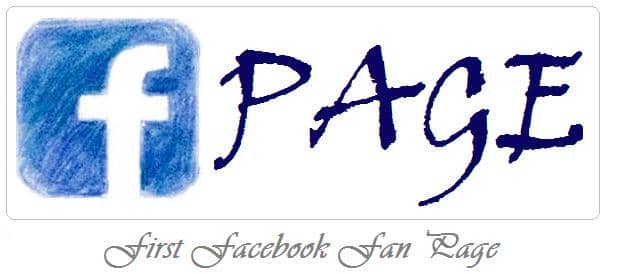A Facebook fan page is a must for any online marketing strategy, but just having a page doesn’t cut it anymore.
Here’s how to get started and build and audience of loyal followers.
Page Contents
The Basics Of Facebook Page Creation
- Log into your personal Facebook page, scroll to the bottom, and click on the small link that says “Create a Page.”
- The steps from that point forward are fairly self-explanatory.
- As with any time you create a profile, be sure to create a complete profile and take advantage of everything that Facebook has to offer.
- Pages that fail to do this are more likely to be treated as spam by visitors.
- Users will think if you don’t have the time to fill out a complete profile, how much time do you have for your business?
Facebook Page Breakdown
Facebook offers a great deal of customization and if you want to be taken seriously, you need to capitalize on this. Here are the page elements that you currently have control over as a brand:
Facebook Page Profile Picture
There is some debate about whether to use an image of a human or a corporate logo here. In contrast with Twitter, corporate logos are more acceptable here. If more than one person operates the page, a corporate logo is the best choice. If the page is powered by a spokesperson, it may be better to use their face as a trust-building tactic, and display the corporate logo below it.
The maximum size of your profile picture is 180 wide by 540 high. Use the maximum width, but carefully decide on the height. A tall picture can be good for incorporating additional information, but it also pushes your navigational buttons down where they might not be easily seen by all users.
Facebook Page Profile Thumbnail
This icon appears next to all of your posts. Don’t use the default Facebook thumbnail. Your profile picture wasn’t meant to be used as a thumbnail. Either edit the thumbnail or use an entirely different (but brand consistent) image.
Facebook Page Photostrip
A strip of five photos appears across the top of your page. The photos are presented at random, so the appearance shouldn’t depend on how they are ordered. Make sure to use attractive photos that go with each other as well as the profile picture. They should say something about your brand and shouldn’t clutter up the page.
Facebook Page Custom Tabs
If you have the skills, or can afford to pay for them, take advantage of this feature that lets you incorporate interactive multimedia on your Facebook Page. If you don’t have programming skills and you can’t afford to pay a web designer, use these free tools:
- http://blog.homegain.com/blogging-and-social-networking/fbml-template-4-facebook-fan- page/
- http://www.tes.co.uk/teaching-resource/Facebook-template-page-6025698/
Or these paid tools:
- html http://www.flashmint.com/show-template-2892.html
Remember that you can now include your own icons for each tab. Take advantage of this for a more attractive and less generic page.
Facebook Page Likes
As a brand you now have the ability to “like” other fan pages the same way that you can “like” pages on your personal profile. If you have more than one page, this is a good way to promote your other properties. It’s also a good idea to add community pages that are related to your brand, especially those that you can contribute to.
Read more about :
- How To Increase Your Facebook Pages Fan Likes
- Gaining Facebook Likes Is Hard But Losing Them Is Easy
- How to Divert Facebook Page Traffic to your Website
This is a good way to stay on top of what’s being talked about in your industry and to become a part of the conversation. You can also use likes to tell your users what you’re interested in if you believe it will cause your target demographic to relate better.
Facebook Page About Box
Include a short blurb about what you’re about that should get people excited about your brand. Of course, if you’ve already included this info in your profile picture, there’s no reason to include it twice.
Now that you’ve created your Facebook fan page, it’s time to get out there and start promoting yourself by joining in on conversations, networking with influencers, and listening to feedback.
 Tricks Window Technology Zone – Complete Technology Package for Technology News, Web Tricks, Blogging Tricks, SEO, Hacks, Network, Mobile Tricks, Android, Smartphones etc.
Tricks Window Technology Zone – Complete Technology Package for Technology News, Web Tricks, Blogging Tricks, SEO, Hacks, Network, Mobile Tricks, Android, Smartphones etc.




